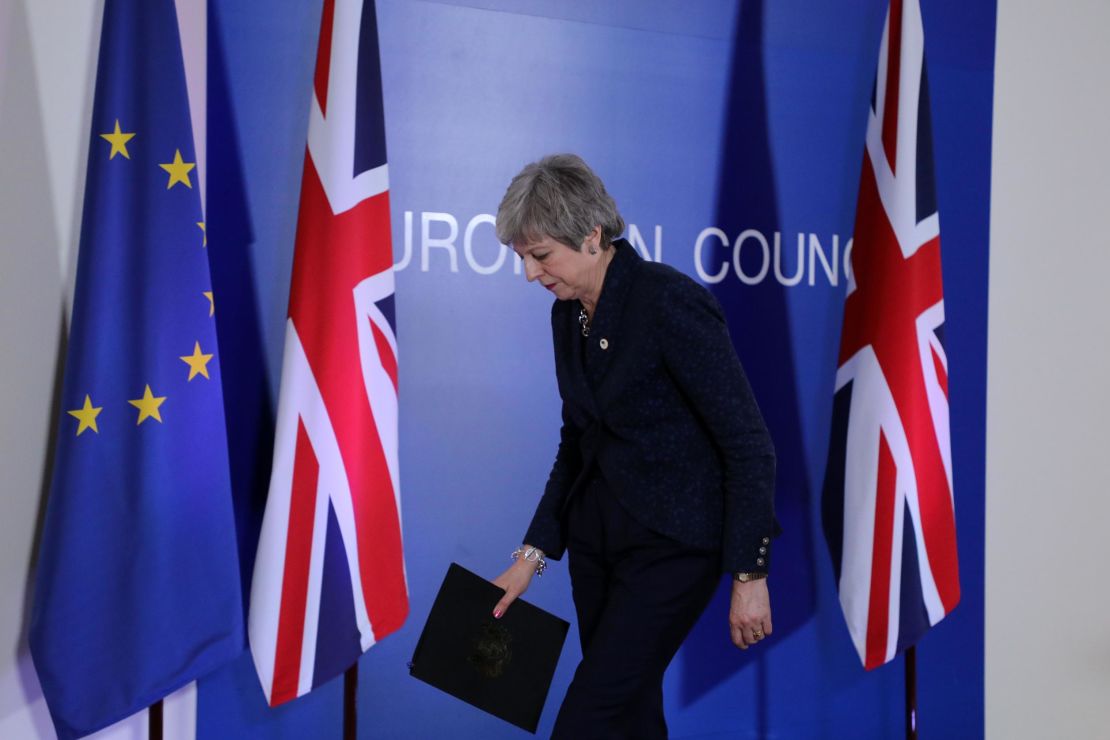More than 1,000 days after the British public voted to leave the European Union, EU leaders have agreed to allow Britain a delay to the withdrawal process so it doesn’t crash out of the bloc on March 29.
The extension is a lifeline to beleaguered Prime Minister Theresa May, after she twice failed to secure parliamentary approval for the divorce deal she agreed with the EU.
The EU’s offer, however, comes with several conditions and complications.
Here’s what’s happening next with Brexit:
April 12 and May 22: The two key dates
The EU has agreed to delay Brexit until May 22, but that’s conditional on May getting her withdrawal agreement through Parliament next week.

If May’s deal fails with MPs for a third time, EU leaders said the UK can stay in the bloc only until April 12, by which point they expect a clear plan from the UK about what it wants to do next, either it takes part in European parliamentary elections and seek a longer delay to Brexit, or crashes out of the bloc without a deal.
Next week:
May will spend much of the next few days trying to persuade MPs to back her deal. But this may turn out to be an even tougher task than before, after she alienated many when she blamed them for the Brexit chaos in a speech on Wednesday.
There’s also a chance that the vote will not even happen.
In a letter to lawmakers on Friday, May said that a third meaningful vote on her deal may not happen if there is not enough support for it.
“If it appears that there is not sufficient support to bring the deal back next week, or the House rejects it again, we can ask for another extension before 12 April, but that will involve holding European Parliament elections,” May wrote.
For her deal to pass, May needs to get at least 75 MPs to change their minds. But there are also plans for MPs to press for votes on alternative Brexit options, such as a softer Brexit – which could seek a Norway-style deal with the EU, giving the UK full access to the single market and the European Free Trade area.
On top of all that, the Prime Minister will also have to table legislation to remove the March 29 deadline from British law.
That means both the House of Commons and the House of Lords could, if they wanted to, reject the EU’s extension – meaning the March 29 deadline would remain and Britain would crash out of the EU with no deal.
Of course, the UK could still try to revoke Article 50 entirely, which is legally possible to do without consulting the EU. The government would likely have to consult the public again to go against the result of the June 2016 referendum, however.
Which means a second referendum could in fact still be put back on the table.






